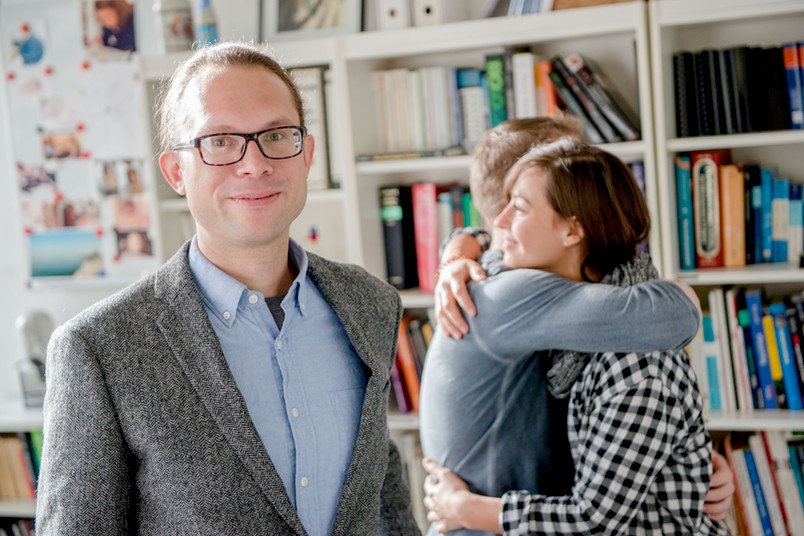2018-01-18

Did you ever wonder why people sometimes hug you from the left side and sometimes from the right? No? Well, you should, because you can infer whether the hug was emotional depending on its laterality. Biopsychologists from Bochum conducted two experiments, one in the laboratory and one in the field, to test (1) if hugs are lateralized on the population level and (2) if the emotional state alters the side preference of hugs in accordance with prevailing theories of emotional lateralization. In both experiments, they found a population level asymmetry in hugs to the right side. This lateralization was associated with motor preferences such as handedness and footedness. However, they also found that the emotional state regardless of positive or negative changed the lateralization of the hug significantly to the left indicating an influence of emotional states on this important social behavior. This data support the notion that the right hemisphere is dominant in emotional processing, regardless of emotional valence. So the next time someone hugs you, pay attention to the side of the hug and it might just give you an idea about the other person's emotional state!

Did you ever wonder why people sometimes hug you from the left side and sometimes from the right? No? Well, you should, because you can infer whether the hug was emotional depending on its laterality. Biopsychologists from Bochum conducted two experiments, one in the laboratory and one in the field, to test (1) if hugs are lateralized on the population level and (2) if the emotional state alters the side preference of hugs in accordance with prevailing theories of emotional lateralization. In both experiments, they found a population level asymmetry in hugs to the right side. This lateralization was associated with motor preferences such as handedness and footedness. However, they also found that the emotional state regardless of positive or negative changed the lateralization of the hug significantly to the left indicating an influence of emotional states on this important social behavior. This data support the notion that the right hemisphere is dominant in emotional processing, regardless of emotional valence. So the next time someone hugs you, pay attention to the side of the hug and it might just give you an idea about the other person's emotional state!